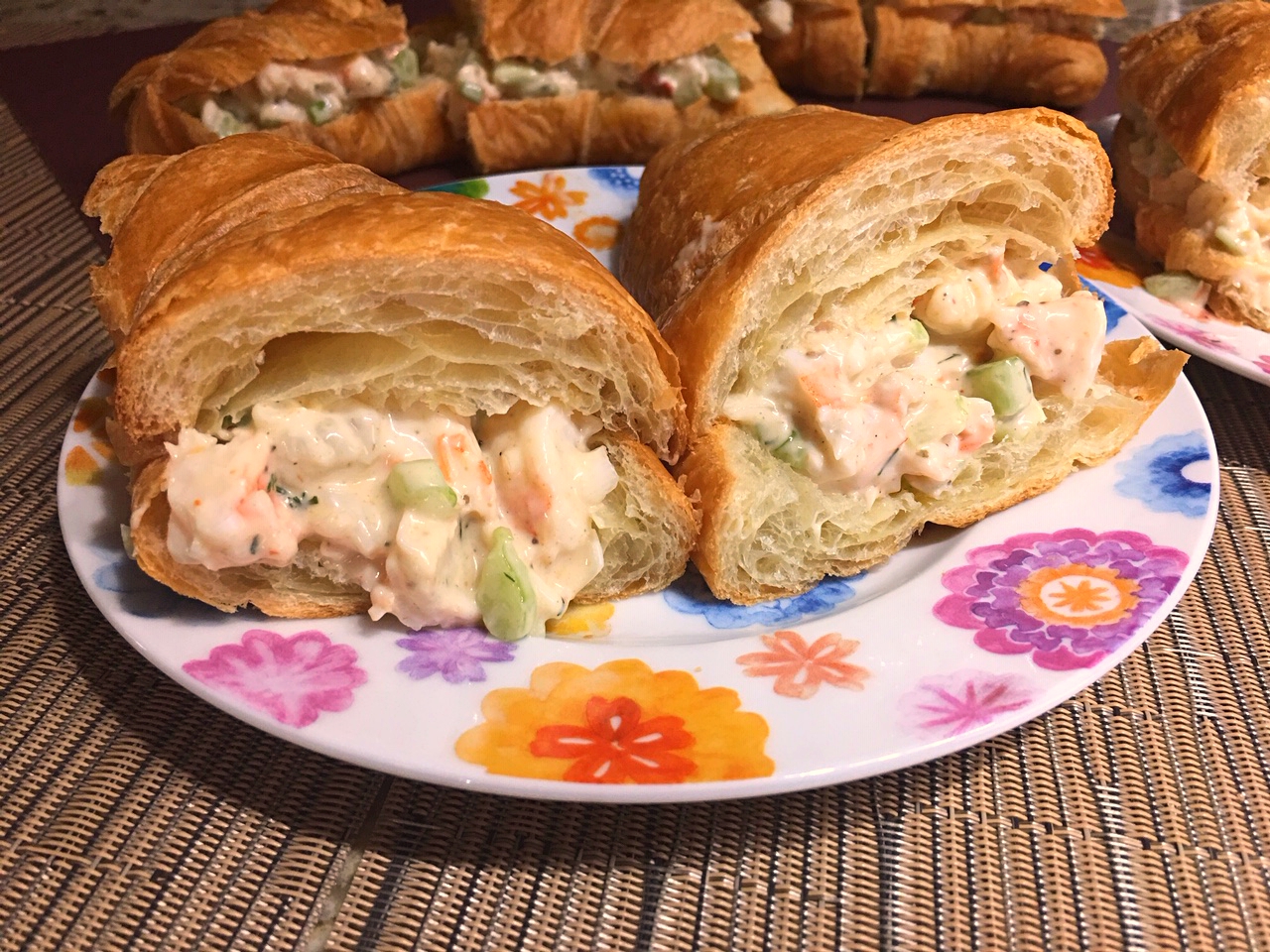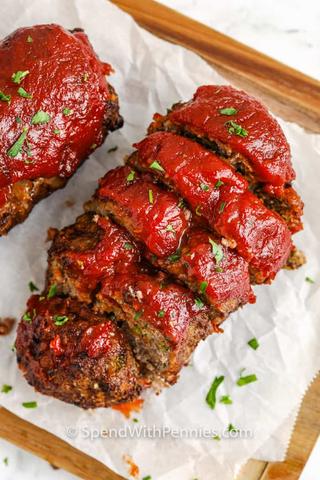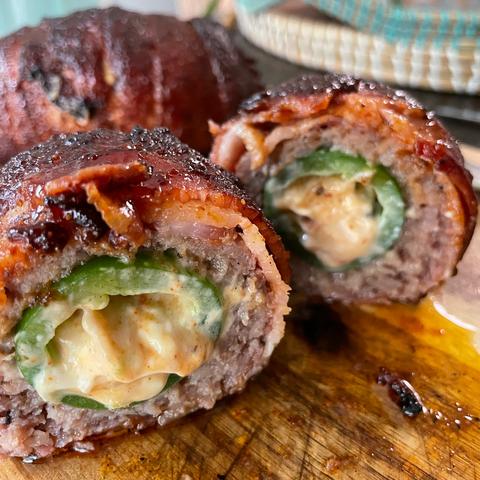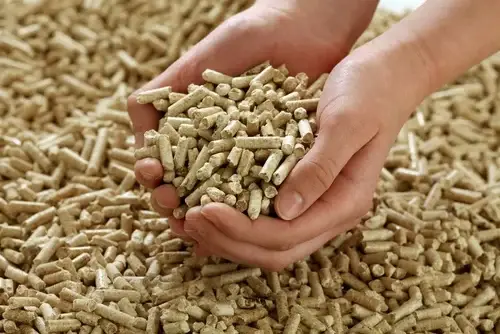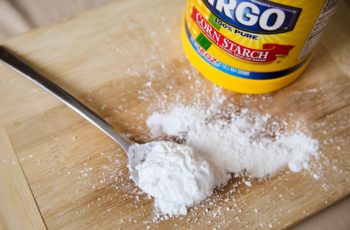
Cornstarch is a popular cooking ingredient that can be used in many different dishes. But can you eat cornstarch? And is it healthy? In this blog post, we’ll take a closer look at cornstarch and find out whether or not it’s a safe food to consume. We’ll also discuss some of the benefits of cornstarch and share some recipes that call for this versatile ingredient. So, if you’re curious about cornstarch, be sure to read on!
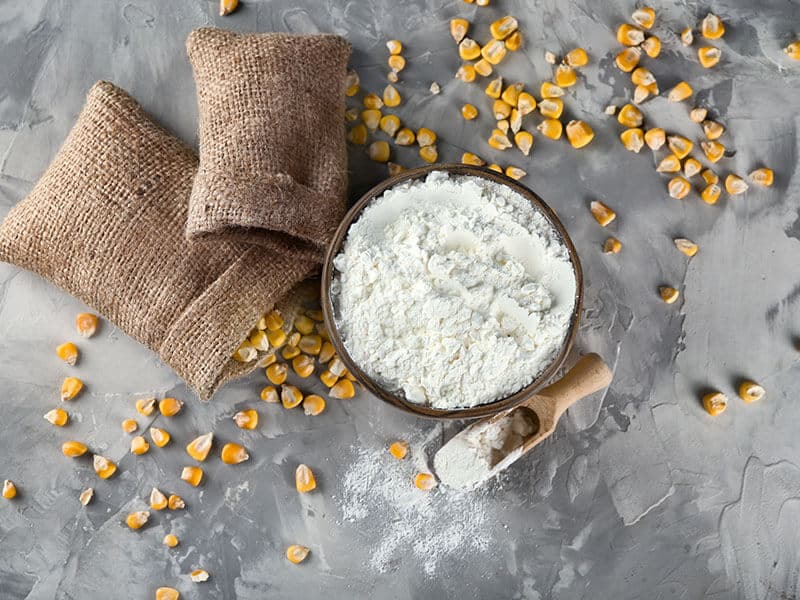
What is cornstarch?
Cornstarch is a carbohydrate that is derived from the endosperm of corn kernels. It is a fine, white powder that is often used as a thickener in soups, sauces, and puddings. Cornstarch is also gluten-free and non-allergenic, making it a popular choice for people with food allergies.
While cornstarch is generally considered safe to eat, there are some things you should know before adding it to your diet.
When shopping for cornstarch, you may notice that there are two different types: regular and oxidized. Regular cornstarch is treated with chemicals during the manufacturing process, which makes it more resistant to high temperatures.
Oxidized cornstarch has not been treated with chemicals and is more likely to break down during cooking. If you’re unsure which type of cornstarch to buy, ask a grocery store employee for help.
Related >> Best Korean BBQ Grills
Can you eat raw cornstarch?
No, you should not eat raw cornstarch. Eating raw cornstarch can cause digestive issues like gas and bloat. It is also important to cook cornstarch before eating it, as cooking helps to break down the starch molecules and make them easier to digest. When cooked properly, cornstarch will have a smooth texture and will thicken soups and sauces without clumping.
Nutritional values
Cornstarch is high in calories and carbs, but it lacks important nutrients like protein, fiber, vitamins, and minerals.
One cup (128 grams) of cornstarch contains the following nutrients (1Trusted Source):
- Calories: 488
- Protein: 0.5 grams
- Carbs: 117 grams
- Fiber: 1 gram
- Copper: 7% of the Daily Value (DV)
- Selenium: 7% of the DV
- Iron: 3% of the DV
- Manganese: 3% of the DV
Related >> Best Offset Smokers
Cooked Versus Raw Cornstarch:Which is better?
When it comes to cornstarch, there are benefits to both cooked and raw versions. Raw cornstarch is more resistant to high temperatures, making it less likely to break down during cooking. This means that raw cornstarch can be used as a thickener for soups and sauces without the risk of clumping.
However, raw cornstarch is more likely to cause digestive issues like gas and bloating. Cooked cornstarch is easier to digest and is less likely to cause these types of issues. Additionally, cooked cornstarch will thicken soup and sauce recipes more effectively than raw cornstarch. For these reasons, we recommend using cooked cornstarch in your recipes.
Related >> Best Charcoal Smokers
What are the benefits of cornstarch?
There are many benefits to incorporating cornstarch into your diet. Cornstarch is a good source of carbohydrates, which is an essential nutrient that helps to provide energy for the body.
Cornstarch is also low in fat and calories, making it a healthy choice for those watching their weight.
Additionally, cornstarch is gluten-free and non-allergenic, making it a safe food for people with celiac disease or food allergies.
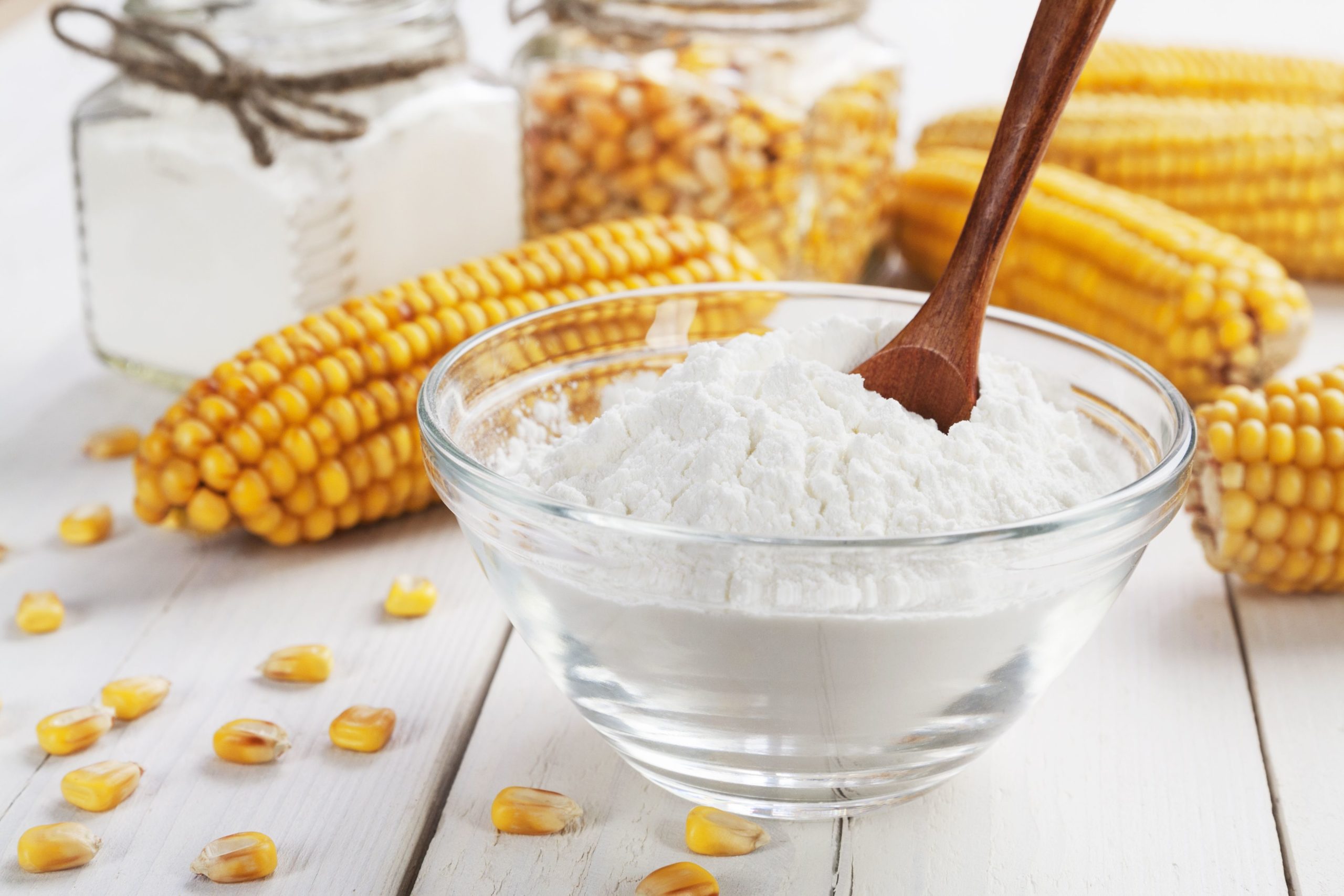
What does cornstarch taste like?
Cornstarch has a neutral taste that will not alter the flavor of your food. When used as a thickener, cornstarch will add creaminess and body to soups and sauces without changing the taste.
What are some recipes that use cornstarch?
Cornstarch can be used in many different recipes. It can be used as a thickener for soups and sauces or added to baked goods like pies and cakes to give them a light and fluffy texture. Cornstarch can also be used to bread chicken or fish before frying. Below, we’ve shared a few recipes that use cornstarch as an ingredient:
Soup: Add cornstarch to thicken soups and stews.
Sauce: Use cornstarch to make gravies and sauces.
Pie: Thicken pies and cobblers with cornstarch.
Cake: Make a light and fluffy cake by adding cornstarch to the batter.
Breading: Coat chicken or fish in cornstarch before frying.
Easy cornstarch recipe:
- In a small bowl, whisk together 1 tablespoon (8 grams) of cornstarch with 2 tablespoons (30 ml) of water.
- Add the cornstarch mixture to your soup, sauce, or gravy, and stir until it is fully incorporated.
- Let the mixture simmer until it reaches the desired consistency.
- Enjoy your delicious, thickened recipe!
Is cornstarch bad for you?
No, cornstarch is not bad for you. In fact, there are many benefits to incorporating cornstarch into your diet. However, it is important to remember that cornstarch is a source of carbohydrates and should be consumed in moderation.
Additionally, cornstarch can cause digestive issues like gas and bloating if eaten raw or in large quantities. If you experience these types of issues, try eating cooked cornstarch instead of raw cornstarch. As always, consult with your doctor before making any changes to your diet.
How do I store cornstarch?
Cornstarch can be stored in a cool, dry place like a pantry or cupboard. It is important to keep cornstarch in an airtight container to prevent it from absorbing moisture from the air. If stored properly, cornstarch can last for up to two years.
What is the difference between corn flour and cornstarch?
Corn flour and cornstarch are made from different parts of the corn kernel. Corn flour is made from the whole kernel, while cornstarch is made from the endosperm. Corn flour is coarser than cornstarch and has a nuttier flavor.
Additionally, corn flour is less likely to thicken soup and sauce recipes as effectively as cornstarch. For these reasons, we recommend using cornstarch instead of corn flour in your cooking and baking recipes.
Cornstarch health risks:
Although cornstarch is generally considered to be healthy food, there are some potential health risks associated with its consumption. One of the biggest concerns is that cornstarch is high in carbohydrates.
Carbohydrates are an essential nutrient that the body needs for energy, but eating too many carbohydrates can lead to weight gain. Additionally, people with diabetes may need to be careful when consuming foods high in carbohydrates like cornstarch.
Another concern is that cornstarch can cause digestive issues like gas and bloating if eaten raw or in large quantities. If you experience these types of issues, try eating cooked cornstarch instead of raw cornstarch. As always, consult with your doctor before making any changes to your diet.
Cornstarch Substitutes:
If you don’t have cornstarch on hand, there are a few substitutes that you can use in its place.
Arrowroot powder: Arrowroot powder is derived from the arrowroot plant and can be used as a thickener for soup and sauce recipes.
Tapioca starch: Tapioca starch is made from the cassava root and can be used as a thickener in recipes.
Potato starch: Potato starch is made from, you guessed it, potatoes! It can be used as a thickener for soups and sauces.
Rice flour: Rice flour is made from ground rice and can be used to thicken pies and cobblers.
All-purpose flour: All-purpose flour can be used to thicken pies and cobblers.
As you can see, there are many substitutes that you can use if you don’t have cornstarch on hand. When substituting, keep in mind that some substitutes may change the flavor or texture of your recipe. Experiment with different substitutes to find the one that works best for you.
What are some tips for using cornstarch?
Here are a few tips to keep in mind when using cornstarch:
– Cornstarch is a powerful thickener, so start with a small amount and add more as needed.
– Be sure to whisk the cornstarch thoroughly before adding it to your recipe, as this will help to prevent clumping.
– If you are using cornstarch to thicken a soup or sauce, be sure to let it simmer for a few minutes to allow the starch molecules to fully hydrate and swell. This will ensure that your soup or sauce is smooth and creamy.
– When baking with cornstarch, be aware that it can lose its effectiveness if exposed to too much heat. For this reason, it is best to add cornstarch towards the end of the baking process.
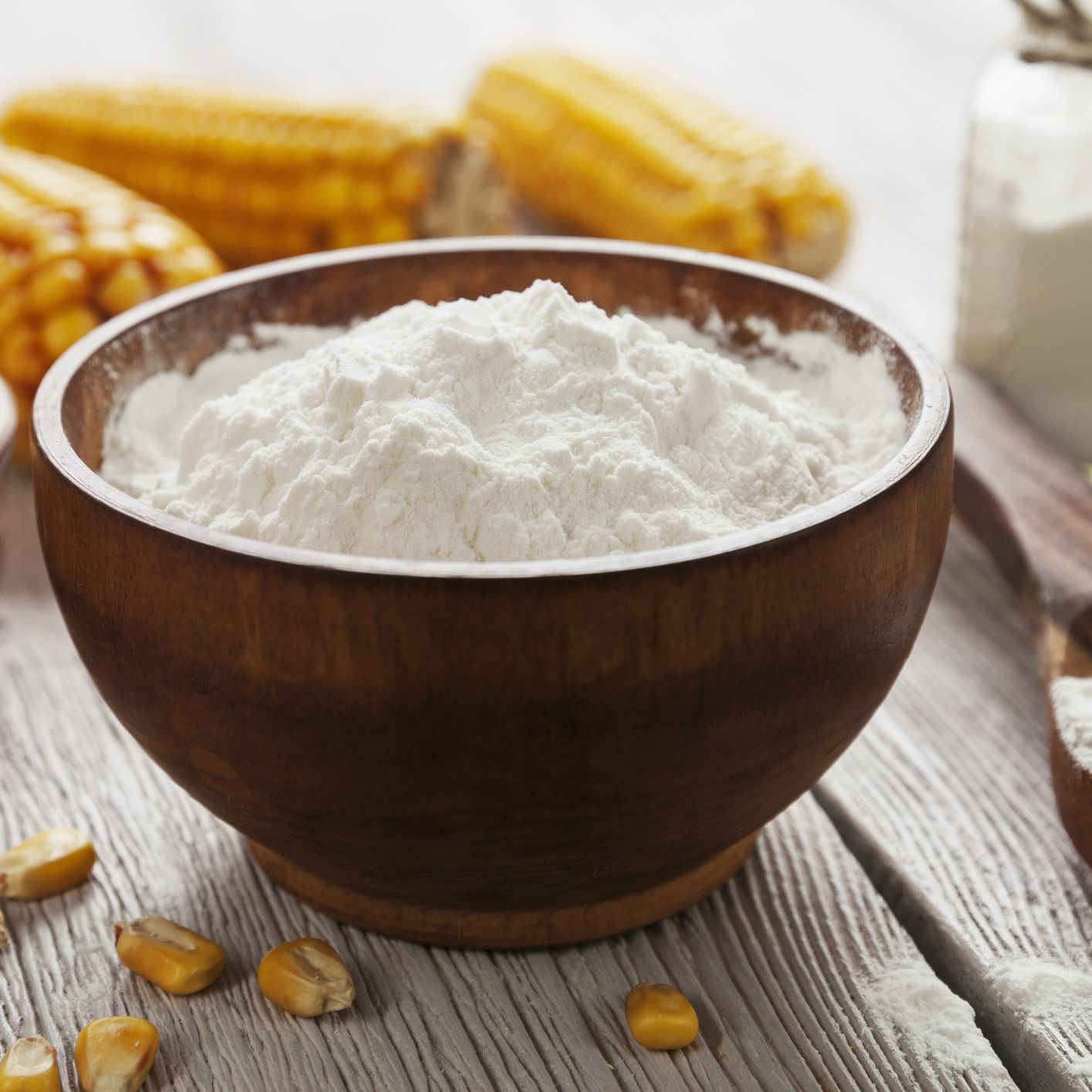
How to make cornstarch at home?
Although you can buy cornstarch at the store, it is also possible to make it at home. To make cornstarch, you will need:
– 1 cup of corn kernels
– A food processor or blender
– A fine-mesh strainer
– A bowl
First, place the corn kernels in the food processor or blender and pulse until they are finely ground. Next, pour the ground corn into the strainer and press down with a spoon to extract as much starch as possible. Finally, transfer the starch to a bowl and allow it to air dry for a few hours. Once it is dry, your homemade cornstarch is ready to use!
Usage of cornstarch, other than cooking :
There are many uses for cornstarch other than cooking. Cornstarch can be used as a natural cleaning agent, as a fabric softener, or even as a hair styling product.
To use cornstarch as a natural cleaning agent, mix equal parts cornstarch and water to form a paste. Apply the paste to surfaces that need to be cleaned and scrub away. The cornstarch will act as an abrasive and help to remove dirt and grime.
To use cornstarch as a fabric softener, add 1/2 cup of cornstarch to your laundry during the rinse cycle. The cornstarch will absorb excess moisture from your clothes and leave them feeling soft and fresh.
To use cornstarch as a hair styling product, mix 1 tablespoon of cornstarch with 1 cup of water. Apply the mixture to your hair and style as usual. The cornstarch will help to absorb oil and give your hair a matte finish.
As you can see, there are many uses for cornstarch other than cooking. So, next time you run out of cornstarch, don’t panic! There are many substitutes that you can use in its place. Experiment with different substitutes to find the one that works best for you.
FAQs
Does Eating raw cornstarch make you gain weight?
No, eating raw cornstarch will not make you gain weight. However, if you eat too many carbohydrates like cornstarch, it can lead to weight gain. Additionally, people with diabetes may need to be careful when consuming foods high in carbohydrates like cornstarch. Another concern is that cornstarch can cause digestive issues like gas and bloating if eaten raw or in large quantities. If you experience these types of issues, try eating cooked cornstarch instead of raw cornstarch. As always, consult with your doctor before making any changes to your diet.
Can cornstarch be addictive?
No, cornstarch is not addictive. However, some people may be sensitive to cornstarch and may experience digestive issues like gas and bloating if they eat too much cornstarch. If you experience these types of issues, try eating less cornstarch or substituting it with another starch. As always, consult with your doctor before making any changes to your diet.
What are the side effects of eating raw cornstarch?
Eating raw cornstarch can cause digestive issues like gas and bloat. Additionally, people with diabetes may need to be careful when consuming foods high in carbohydrates like cornstarch. If you experience these types of issues, try eating cooked cornstarch instead of raw cornstarch. As always, consult with your doctor before making any changes to your diet.
What happens if you eat too much cornstarch?
Eating too much cornstarch can cause digestive issues like gas and bloat. Additionally, people with diabetes may need to be careful when consuming foods high in carbohydrates like cornstarch. If you experience these types of issues, try eating less cornstarch or substituting it with another starch. As always, consult with your doctor before making any changes to your diet.
Can you eat cornstarch while pregnant?
Yes, you can eat cornstarch while pregnant. However, as with any food, you should consume it in moderation. Additionally, people with diabetes may need to be careful when consuming foods high in carbohydrates like cornstarch.
If you experience any digestive issues like gas or bloating after eating cornstarch, try eating less of it or substituting it with another starch. As always, consult with your doctor before making any changes to your diet.
Can cornstarch be used as a laxative?
No, cornstarch should not be used as a laxative. Eating too much cornstarch can cause digestive issues like gas and bloat. Additionally, cornstarch is high in carbohydrates and can spike blood sugar levels in people with diabetes.
If you are constipated, try eating more fiber-rich foods or taking a gentle over-the-counter laxative. As always, consult with your doctor before making any changes to your diet.
Can cornstarch be used to treat diaper rash?
Yes, cornstarch can be used to treat diaper rash. To use cornstarch for this purpose, simply sprinkle it on the affected area and allow it to sit for a few minutes before wiping it away. Repeat this process as needed until the rash clears up. As always, consult with your doctor before using any home remedies, especially on infants.
Can cornstarch be used to soothe a sunburn?
Yes, cornstarch can be used to soothe a sunburn. To use cornstarch for this purpose, simply mix it with water to form a paste and apply it to the affected area. Allow the paste to sit for a few minutes before wiping it away.
Repeat this process as needed until the pain and inflammation associated with the sunburn subsides. As always, consult with your doctor before using any home remedies, especially on sensitive skin.
Is cornstarch inflammatory?
No, cornstarch is not inflammatory. However, some people may be sensitive to cornstarch and may experience digestive issues like gas and bloating if they eat too much cornstarch. If you experience these types of issues, try eating less cornstarch or substituting it with another starch. As always, consult with your doctor before making any changes to your diet.
Learn More About Grilling
If you want to learn more about grilling, check out these other helpful resources!

